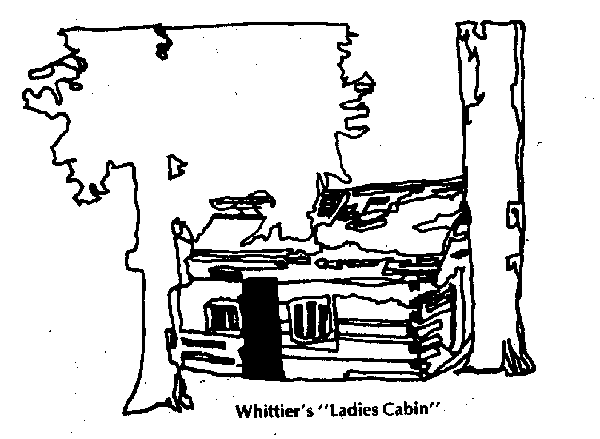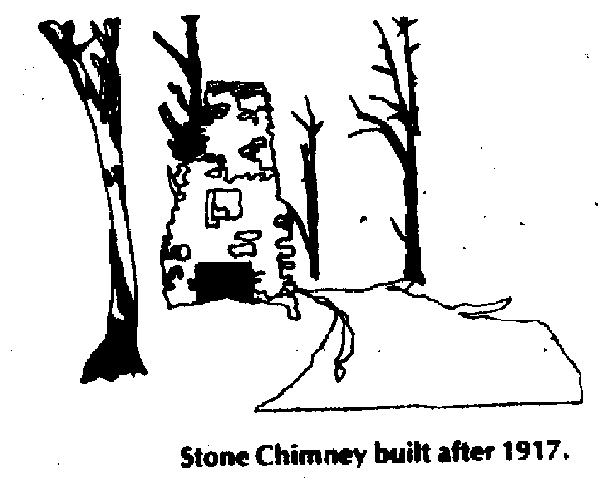Home of Wis-Myth. Just left of Sci-Fi looms Wisdom-Focused Modern Mythology
Click on hand to order novels.
Ah-Di-Na on Lower McCloud River:
Secluded Retreat
Ah-Di-Na: Its History - taken from a 1985 leaflet provided by the McCloud Ranger District and Shasta-Trinity National Forests.
Ah-Di-Na has a long and rich history. What the visitor sees today are the remains of an Indian settlement and historic homestead once owned by the William Randolph Hearst family. This land was acquired by the Forest Service in 1965.
The Name - no one knows where the name Ah-Di-Na came from. Some say it is an Indian name, though the McCloud Wintu deny this, calling Ah-Di-Na "Piuti Witomas." The name first appears on a 1936 Shasta National Forest map, when the Hearsts owned the property.
The Indians - Many tribes claimed Ah-Di-Na as part of their tribal territory. These include the McCloud River Wintu, the Okwanuchu and the Pit River Indians. Further archaeological research is needed to study the surface and subsurface remains of this settlement.
The Whittiers - They were the first owners of Ah-Di-Na, purchasing the land from the Central Pacific Railroad in 1896. The Whittiers, a wealthy family from San Francisco, had the foresight to begin Ah-Di-Na's development as a sportsman's paradise for hunting and fishing. What the visitor sees today of this original complex is the old pack trail which is lined with rock retaining walls, a guest cabin used as a "ladies cabin," an orchard (which still bears apples, cherries, pears, walnuts and chestnuts), various unidentified foundations and some concrete lined reservoirs.

The Reservoirs - Speculation as to what these were used for ranges from irrigation and fire storage to trout ponds and fishing pools.
The Fitzhughs - Ah-Di-Na was purchased "save one phonograph and records, two saddle horses and bridles" by William M. Fitzhugh, also of San Francisco, in 1919.
Fitzhugh built a log cabin (the only remains today is the rock chimney) but the logs were not well cured and within the first years they began to crack. The storage cellar the visitor sees today was also built by Fitzhugh in 1923.

Ah-Di-Na began to deteriorate under Fitzhugh because it was only used for farming, fishing and fruit harvest. In 1926 it was sold to the Catoctin Co. of Nevada.
The Hearsts - The reign of wealthy San Franciscan owners of Ah-Di-Na culminated with its purchase by William Randolph Hearst in 1936.
The 30's saw Ah-Di-Na in its heyday visited by famous guests from Wyntoon (Hearst's estate ten miles upstream) who would come to Ah-Di-Na to fish.
Hearst adorned Ah-Di-Na with some lavish furnishing, marble bathtubs, a telephone system, tongue and groove walnut flooring, and a sprinkler system.
All of the Hearst buildings were burned in 1958 by the caretaker because use of Ah-Di-Na became infrequent and was being vandalized.
The Forest Service - In 1965 the Forest Service acquired Ah-Di-Na and began building a campground for the public. Sixteen units were put in and a water system fed by a spring.
How to get there - From the McCloud District Ranger Station, drive south on Squaw Valley Road to the McCloud Reservoir. Turn right on a dirt road and follow signs to Ah-Di-Na. The trip is 18 miles total and takes approximately 1 hour.
(Note by Lily G. Stephen: I haven't been there in recent years, but in my experience this is a spot that shouldn't be missed by those who would like a remote and secluded retreat, yet with some campground conveniences. As can be seen from the photographs on our Gallery page, the setting is lovely, and remnants from the homestead call one back into its history. Be prepared for bumpy travel on a winding dirt road.)
All images and written/spoken material are protected under copyright by Blooming Rose Press. No material may be reproduced without written permission.
Click on "Contact us" for permission.